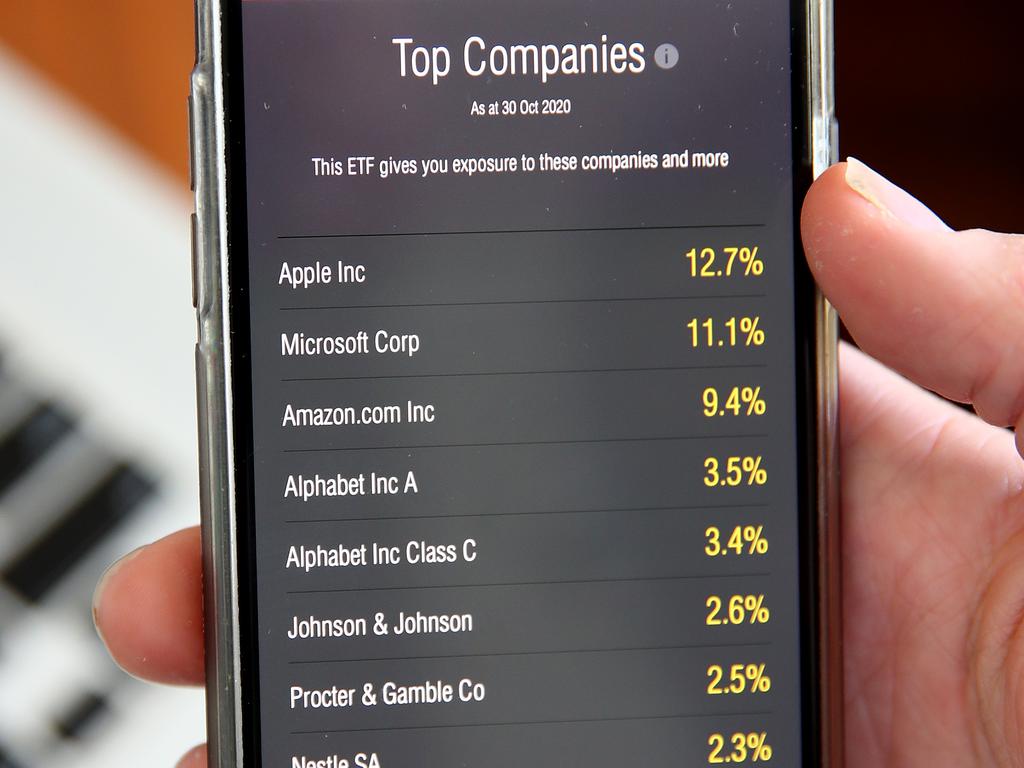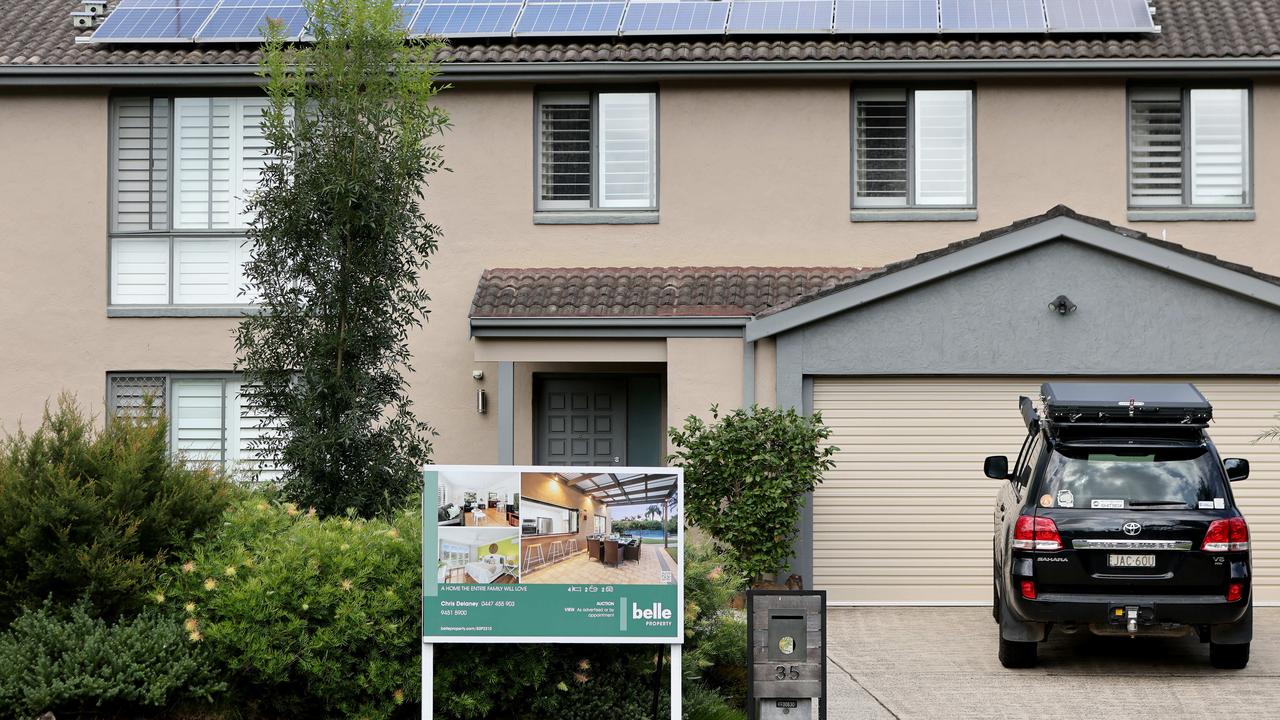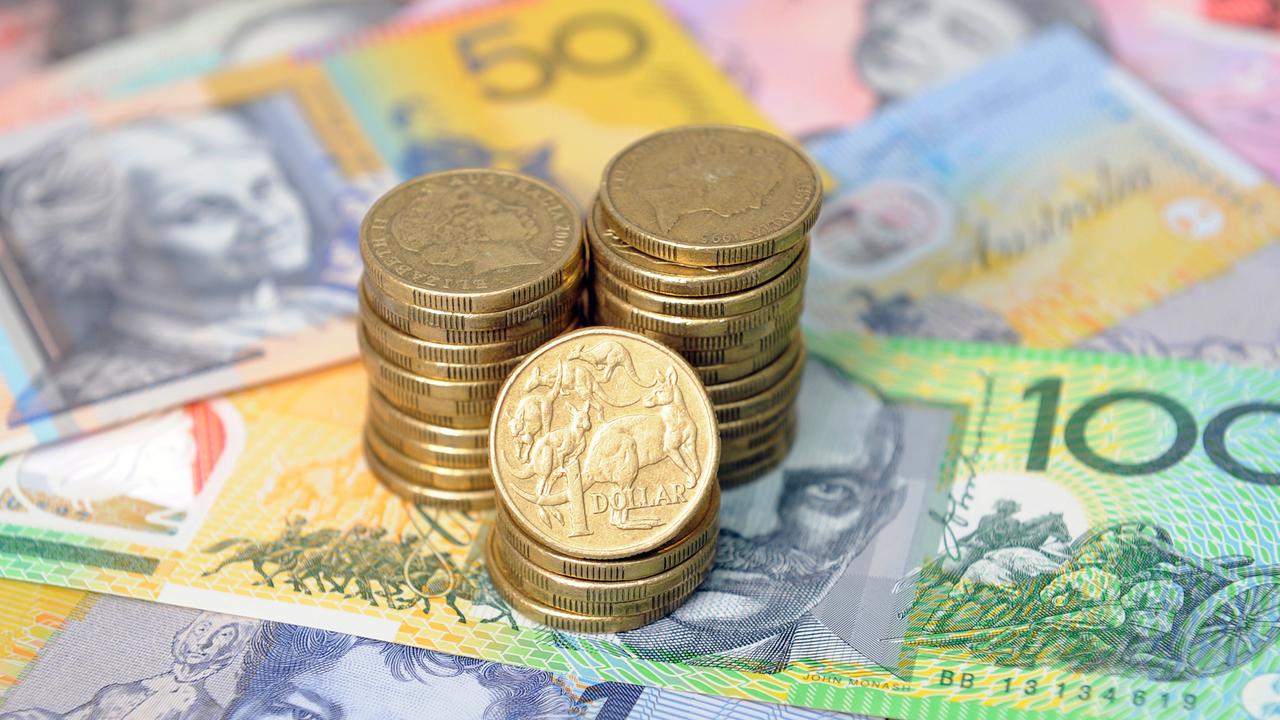Property vs. shares: The investment that is more likely to make you rich
Boomers have 12 times the wealth of Millennials but there’s a smart way to catch them up and play them at their own game.
With the wealth of Baby Boomers more than 12 times that of Millennials, young people need to know how to invest smart to have any chance of catching up.
No doubt Millennials are fighting an uphill battle compared to their boomer counterparts – their wealth is lower, house price growth higher, and income growth has stagnated – meaning that today more than ever they need to be smart investors.
Aussie property is one of the key strategies Boomers have used to grow their investments and wealth, but is a 30-year-old strategy still the best option if you want to get ahead?
It’s one of the most common questions I’m asked; whether property is the best investment, or whether you should instead be looking at shares?
RELATED: Bad news for Aussie house prices

It’s a smart question that really has two answers. One answer revolves around comparing the actual returns on shares vs property, and the other involves looking at the borrowing (or gearing) play that’s involved in property.
I’ll break each of them down here so that when you go to invest you can make the smartest move for you.
PROPERTY INVESTMENT RETURNS
Before I get into the numbers, I feel I need to call out that there are many different property buying investment strategies but I’m really only talking about ‘blue chip’ properties. This means properties in Australia’s major city areas with strong demand, limited supply, low rental vacancy rates, and strong forecast population growth into the future.
With all property purchases, there are two elements to the return you can expect on your investment.
The first is the growth return on property. According to an ASX report in partnership with Russel investments, for Australian blue chip property, the long-term return has remained at 6.8 per cent over the last hundred-ish years or so.
RELATED: Teen turns $250 into $250k a year

The second element of the property investment return is the expected rental income from running an investment property. Noting here that you may choose to actually live in your property and forego the rental return, but you’re then saving on rent so to make a fair comparison we need to keep the property rental income return in mind.
The average income return on a blue chip property is around 4 per cent, and the average ongoing costs like strata dues, rates, insurance, etc, is about 1 per cent, leaving you with a ’net’ income return around 3 per cent. This means that on a $1 million property, the headline rental income would be around $40,000, with ongoing costs around $10,000, leaving you with a total return after your costs of $30,000.
So the total long term return on your property is 6.8 per cent p.a. as growth with a net income return of 3 per cent, giving a total return of about 9.8 per cent overall after all costs (but before tax).
SHARE INVESTMENT RETURNS
The return profile on a share portfolio is the same, in that there’s an income return (through dividends) and the growth return from the increase in the shares value over time. The same ASX report shows the long term return on a diversified Australian share portfolio is 8.7 per cent. This would be like the return on an ETF that tracks the ‘ASX All Ordinaries Index’.
SHARES VS. PROPERTY HEAD-TO-HEAD
So we can now compare the total returns on a property investment of 9.8 per cent against the total return on a diversified share portfolio of 8.7. This tells us that property has a slight advantage over shares of between 1.1 per cent each year.
On a $1 million dollar investment portfolio this equates to between -$11,000 annually, which is a decent chunk of change. But it’s almost a line ball call.
But there’s an even bigger kicker that tips the scales …
RELATED: Millions of Aussies invest in cryptocurrency

HOW GEARING SPEEDS UP YOUR INVESTMENT
Another way to look at what is the best investment, is to consider the overall return that you can expect on a property investment strategy versus a share investment strategy. You might think that we just covered that above, but the annual per cent return of shares and property head-to-head is only part of the equation …
The reality is, most people don’t invest in property just by using one million dollars to buy a million dollar property.
A typical property buying strategy is that you save a deposit, then you use that deposit to borrow money, and invest with your original savings (the deposit) and the borrowed money (mortgage funds). The result is that you end up investing somewhere between five times to 10 times your initial investment.
As an example: You want to buy a one million dollar property but have $250,000 in savings. You go down to your broker and bank and get a mortgage for 80 per cent of the property value, and go buy your property.

Keep in mind there will be costs like stamp duty and legal fees of around 5 per cent of the property value, so around $50,000 on a $1 million property.
But, even after paying these costs, through this purchase you effectively turn your $250,000 savings into a $1 million asset / investment – which is four times the size of your initial savings of $250,000.
Why property returns tend to ‘win’ is that it’s next to impossible for a $250,000 share portfolio to outperform a $1m property over the long term. Of course you need to factor in borrowing and mortgage costs, but you can see that with an investment four times the size they’ll be easily covered with plenty of returns leftover.
This shows the power of gearing.
THE WRAP
All the above being said, I personally invest in shares and I think both shares and property most likely have their place in your investment portfolio over time.
It’s often a matter of timing, keeping in mind that the right move at the wrong time is the wrong move. Take the time to get your strategy right and you’ll be set to make the right call on shares vs property at the right time, helping you grow your investments faster and with more confidence.
Ben Nash is a finance expert commentator, podcaster, financial adviser and founder of Pivot Wealth, Author of the Amazon Best Selling Book ‘Get Unstuck: Your guide to creating a life not limited by money’.
Disclaimer: The information contained in this article is general in nature and does not take into account your personal objectives, financial situation or needs. Therefore, you should consider whether the information is appropriate to your circumstances before acting on it, and where appropriate, seek professional advice from a finance professional.



